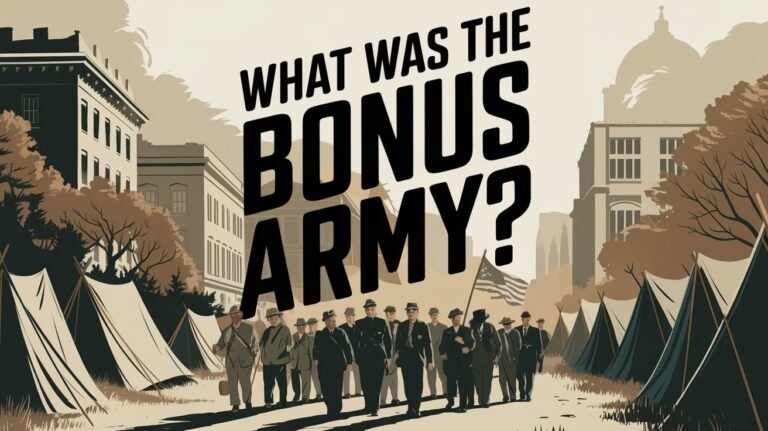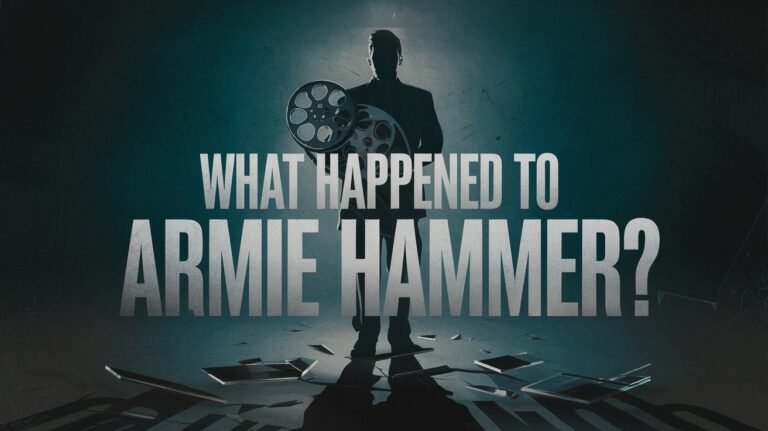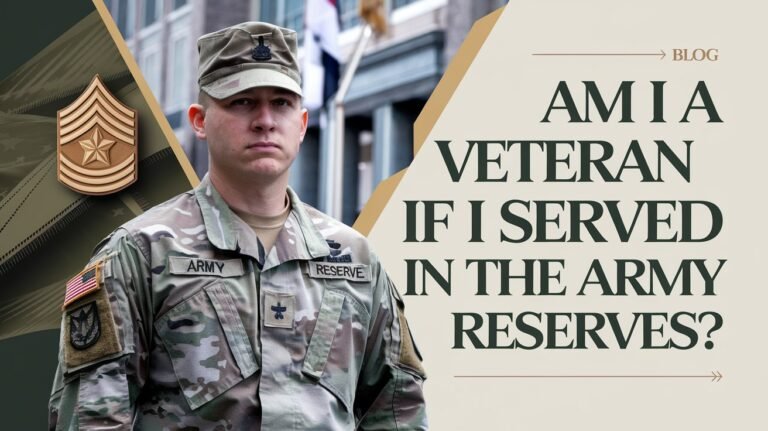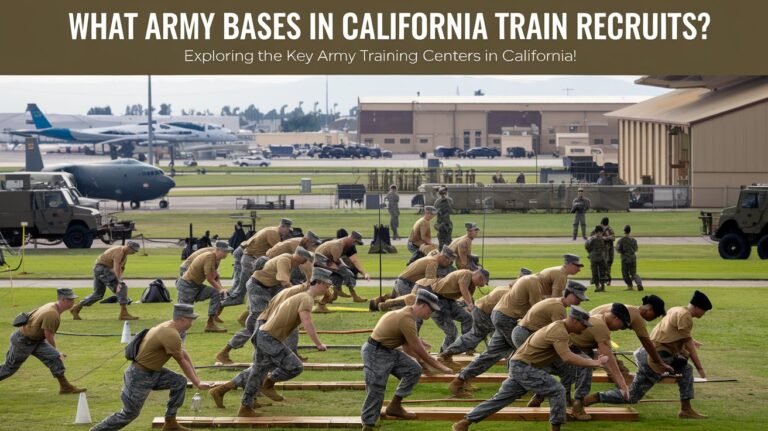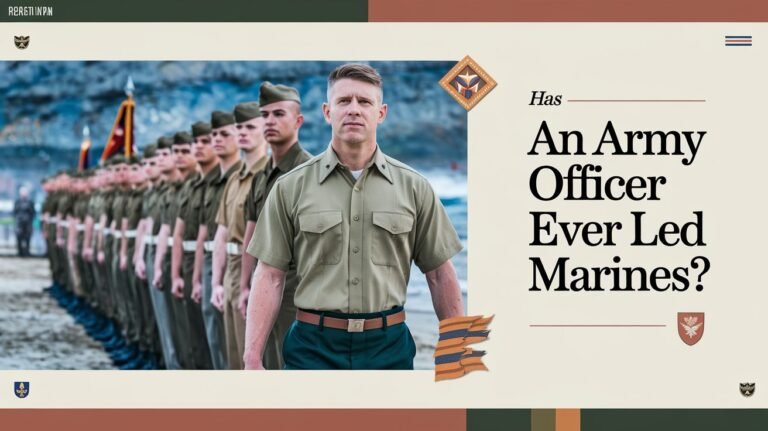Did Every Castle Lord Have Their Own Army? Facts Uncovered
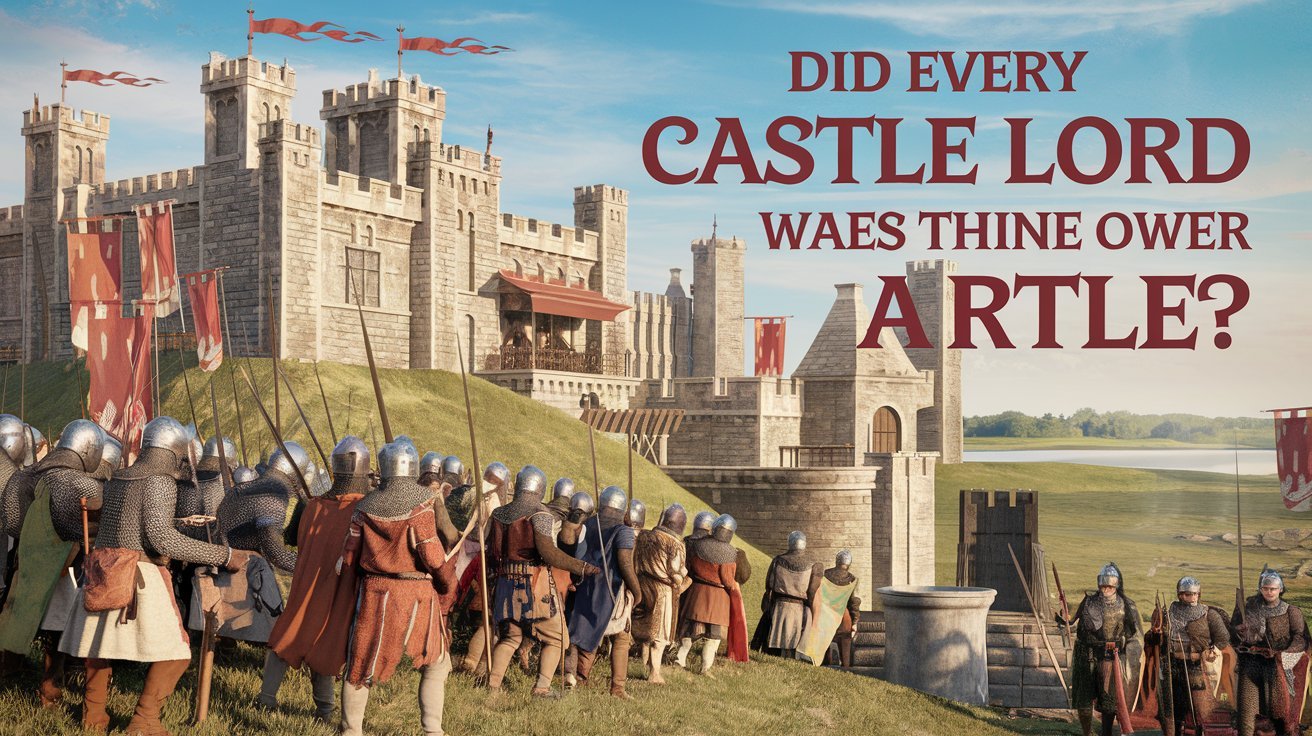
In the medieval era, castles were more than just strongholds. They were small societies with different people for defense, management, and daily tasks. Castle lords didn’t have their own armies alone. Instead, they had a team of military and support staff to protect their lands.
A big English medieval castle had at least 50 people in its household. This team included cooks, grooms, carpenters, masons, falconers, and musicians. Knights, bowmen, and crossbow operators were also part of it. They worked under the castle’s marshal to keep the castle safe and the area secure.
The Power Structure of Medieval Castle Lords and Military Forces
In the medieval era, the feudal system shaped power within castle societies. Castle lords, as nobility, had a lot of military power. They controlled their domains. This structure not only set the social order but also was key in military operations around these strongholds.
Hierarchy of Military Command
The military command in a medieval castle had a clear hierarchy. At the top was the king or queen, with the most power. Below them, nobles like dukes, counts, and barons led their own forces and castles. These lords were in charge of leading troops in battles and defending their lands.
Military Obligations to the Crown
Castle lords had to meet their military duties to the crown. They often had to give knights and soldiers to the monarch’s army. The feudal system said that for their lands, medieval lords had to be loyal and serve in war.
Strategic Role in Regional Defense
Castles were vital for defending medieval kingdoms. Castle lords had to keep their lands safe and protect their people from threats. The strategic location of these castles helped the military power of nobility spread. It kept invaders away and kept the realm stable.
Castle Defenses and Military Personnel Requirements
Medieval castles were not just buildings; they were strong defenses against sieges. They had drawbridges, moats, and arrow loops to fight off enemies. The gatehouses and barbicans controlled who could enter, and the battlements gave defenders a high view of the area.
The walls of many castles were built on old Roman fortifications. This made them even stronger. The number of soldiers needed to guard a castle depended on its size and importance. Bigger, more important castles needed more guards to keep them safe.
- During the twelfth and thirteenth centuries, castles evolved into powerful fortresses capable of defying intensive assaults.
- By the late Middle Ages, few major campaigns took place without at least one castle siege.
- Knights were normally obligated to serve for forty days during the course of the year.
Attacking a castle was a big job that needed a lot of resources and people. Sometimes, attackers would try to negotiate or bribe their way in instead of fighting. But, breaking into a castle was rare because of its strong defenses.
Did Every Castle Lord Have Their Own Army
In the feudal era, the size and makeup of castle garrisons changed a lot. This depended on the castle’s wealth and its strategic value. Some lords had permanent armies to protect their castles. Others counted on local barons to send knights and soldiers for a set time.
Size of Castle Garrisons
The size of a castle’s garrison matched the lord’s wealth and the castle’s role. Big, important castles had large, permanent armies, sometimes hundreds strong. Smaller castles, less key to defense, might have only a few dozen defenders.
Types of Soldiers and Knights
The heart of a castle’s defense was knights, squires, archers, and men-at-arms. Knights were the top mounted fighters, with squires training to become knights. Archers shot arrows from a distance, and men-at-arms were the infantry’s mainstay. The mix of troops varied based on the lord’s wishes and the castle’s needs.
Training and Maintenance of Forces
Lords had to keep their castles ready for battle. This meant regular drills, upkeep of gear, and managing supplies. Castles with permanent garrisons could train more often. Lords with feudal levies had to balance their needs with their vassals’ duties.
| Castle Garrison Composition | Prominent Castles | Smaller Castles |
|---|---|---|
| Knights | Hundreds | Dozens |
| Squires | Hundreds | Dozens |
| Archers | Hundreds | Dozens |
| Men-at-Arms | Hundreds | Dozens |
The Marshal’s Role in Castle Military Operations
In medieval castles, the marshal was key in managing the military. They oversaw knights, archers, and other soldiers. This ensured they were ready to defend the castle.
The marshal did more than just lead troops. They worked with the steward to manage resources for battles. This included taking care of stables, transportation, and supplies.
Marshals were important not just in war. They also trained the castle’s soldiers. They made sure everyone was ready for battle.
The marshal’s skills were highly respected in the castle. They connected the castle lord with the military. This helped in executing medieval military command and castle administration plans smoothly.
Knights and Professional Soldiers in Castle Defense
In the medieval era, knights and professional soldiers were key in defending castles. They trained hard in jousting, swordsmanship, and martial arts.
Combat Training and Preparation
Knights, often from nobility or royalty, were the heart of castle defenses. They learned a lot about warfare, mastering heavy armor and swords. Knights from lower classes also brought their own skills to the castle.
Light cavalry, made up of lighter-armed and armored people, was also important. They were often wealthy commoners or sergeants. They helped with mobility on the battlefield.
Military Equipment and Resources
Castles had well-stocked armories with many weapons and armor. They had swords, lances, crossbows, and even early firearms. Keeping these resources ready was a big job for castle lords.
The infantry was the largest part of a medieval army. They were made up of both recruited troops and mercenaries. They learned many combat skills, from close combat to using longbows and crossbows.
Battle Readiness Standards
Castle lords set high standards for battle readiness. They held regular drills, kept equipment in good shape, and trained often. This made sure the garrison was always ready to defend the castle.
The mix of skilled knights, professional soldiers, and good military resources made medieval castles strong. They could withstand sieges and fight off enemy attacks.
Feudal Obligations and Military Service
The feudal system in medieval Europe was complex. It involved many obligations and responsibilities between lords and vassals. A key part was the military service that lords owed to their overlords.
Lords had to provide knights and soldiers during wars. The amount they had to give depended on their land size and wealth. Larger landowners had to give more troops and resources.
- Castle-guard: Feudal obligation to serve in the garrison of a castle, either for a period each year or during war.
- Chevauchee (cavalcade): Feudal duty to accompany the lord on a minor expedition or as an escort.
- Host or ost: Feudal military service in the lord’s army.
Lords also had to equip and maintain their troops. This included weapons, armor, and training. They had to make sure their soldiers were ready for battle.
The feudal system made castle lords crucial for regional defense. They had to protect their lands and castles. This made their military duties very important.
| Feudal Obligation | Description |
|---|---|
| Knight’s Fee | A fief that theoretically generated revenue to equip and support one knight, requiring about thirty marks per year. |
| Assize of Bread and Ale | The statutory regulation or settling of the price of bread and ale, with reference to that of grain. |
| Free Tenement | A term encompassing tenures such as knights’ fiefs, urban burgages, and the holdings of free peasants. |
The feudal system and its military duties greatly shaped medieval Europe. They influenced castle design, soldier training, and regional defense strategies.
Castle Garrison Daily Operations and Management
The daily life of a medieval castle garrison was complex. It needed the coordination of supply chains, military discipline, and defense strategies. The steward and marshal were key to making everything run smoothly.
Supply Chain and Resources
The steward managed the castle’s supply chain. They made sure food, water, and raw materials were available. A castle could need to feed up to 200 people daily, like Goodrich Castle.
The steward’s job was to keep the castle’s stores full. They made sure supplies reached the kitchens and armories efficiently.
Military Discipline and Order
The marshal kept the castle’s military in order. They organized training and drills. This kept the knights, sergeants, and soldiers ready for battle.
The marshal was key in keeping the castle’s defenses united. Dover Castle, for example, had 140 knights and a thousand sergeants during a siege in 1216.
Defense Strategies Implementation
The steward and marshal planned the castle’s defense together. They coordinated patrols and sentries. They also used the moat, walls, and gatehouses to protect the castle.
This work kept the castle safe and its people secure. The steward and marshal’s efforts were crucial for the castle’s survival in the medieval era.
Private Armies and Their Impact on Medieval Politics
In the medieval era, powerful lords had their own private armies. This practice greatly influenced the political scene. These armies gave lords a lot of power, letting them challenge the king and start noble rebellions.
The relationship between the crown and nobility was shaped by these armies. This was a key part of medieval politics and how things were governed.
Lords could raise and keep their own armies. This was both good and bad. It let them stand up to the king and keep their freedom. But, it also led to fights, as kings wanted to keep their power and stop any challenges.
King Richard II and his defiant nobles showed how powerful these armies were. Their battles were a big deal in medieval politics.
Private armies had a big impact on medieval politics. They let lords show their power, talk to the king, and even take down unpopular rulers. The balance between the king’s power and the nobles’ freedom was always being tested. This led to a lot of political ups and downs.
In the end, private armies were a double-edged sword in medieval politics. They gave nobles power and challenged the king. But, they also caused a lot of conflict and uncertainty. This greatly shaped medieval history.
Military Authority and Castle Defense Systems
Medieval castle defense systems grew more complex to fight off new siege technologies. Castle lords spent a lot on fortifications and trained their armies well. The success of these defenses depended on the lord’s military skills, resources, and strategy.
In the Central Middle Ages, Europe’s wars were about land ownership. Ruling elites fought to keep or grow their lands. Castles were strong homes and offices for local nobles, controlling the countryside. They could block enemy supplies and foraging, making siege necessary for attackers.
The medieval era saw constant changes in military tech, with castle lords updating their defenses. This battle between medieval military technology and castle siege tactics shaped medieval warfare. It influenced strategies and tactics of the time.
FAQ
Did every castle lord have their own army?
Yes, castle lords had their own armies. They had knights, bowmen, and crossbow operators. Big castles had over 50 workers, like cooks and musicians. The marshal led the military, defending the castle and doing patrols.
What was the power structure of medieval castle lords and their military forces?
Lords followed a feudal system, promising loyalty to the king for land. They managed estates, collected taxes, and helped in wars. The hierarchy was kings, dukes, counts, barons, and knights.
Lords had power to judge and hunt in their areas. They protected people, kept order, and supported the Church.
What were the defensive features of medieval castles?
Castles had many defenses like drawbridges and moats. They also had earthworks and arrow loops. Gatehouses and barbicans controlled who came in.
Battlements and bartizans gave defenders a good view. Castle walls often used Roman designs.
What were the size and composition of castle garrisons?
Garrisons varied in size and who was in them. Knights, archers, and men-at-arms were key. Lords trained and kept their forces ready.
Some castles had permanent garrisons. Others called on local barons for help. The army’s size depended on the lord’s wealth and the castle’s importance.
What was the role of the marshal in castle military operations?
The marshal led the castle’s soldiers and took care of stables. They trained knights, archers, and others. The marshal worked with the steward to manage resources for battles.
How were knights and professional soldiers trained and equipped for castle defense?
Knights trained hard in jousting and sword fighting. Castles had armories with many weapons and armor. Archers and crossbowmen needed special training.
Castles kept up their defenses with drills and equipment checks. This made them ready for battle.
What were the feudal military obligations of castle lords?
Lords had to serve in wars as part of feudalism. They provided knights and money for battles. How much they had to do depended on their land and rank.
How were daily castle operations and garrison management handled?
Managing daily life in a castle was a big job. It included supplies, discipline, and defense plans. The steward and marshal worked together to manage resources.
Regular training kept the garrison ready. They also helped with local law and patrols.
How did private armies of powerful lords impact medieval politics?
Private armies could challenge the king, like King Richard II’s barons. Lords’ power came from their armies. This led to fights between the king and nobles, shaping politics.
How did castle defense systems evolve to counter advancing siege technologies?
Castles got better defenses as siege tech improved. Lords spent on fortifications and trained their soldiers. The castle’s success depended on the lord’s skills and resources.
Both sides kept improving their tech, making medieval warfare exciting and changing.

